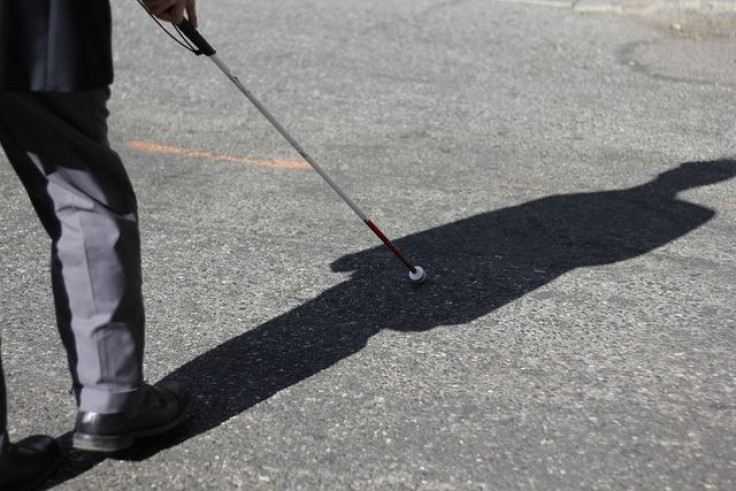Stem Cells For Blindness: New Approach Moves Forward In Patient Testing After Success With Safety

An ongoing small study of certain forms of blindness is expected to move into its next phase of patient testing, as researchers from MIT have proven the safety of a stem-cell based therapy used to restore vision.
The technique relies on a set of cells called retinal pigment epithelium (RPE) cells, which researchers have cultivated from a set of embryonic stem cells. If testing proves effective in reducing patients’ vision loss, in cases of both macular degeneration and the inherited Stargardt’s disease, the technique could hold immense implications for the future of blindness research and treatment.
A Boston-area company called Advanced Cell Technology (ACT) is carrying out the trials. Prior research has demonstrated limited but targeted success in patients who received ocular injections of the stem cell culture. Subjects who are in the process of losing their vision, or who have already lost parts or all of it, receive a quantity of the cells roughly the volume of three rain drops in the back of their eyes. Researchers detach their retinas and allow the RPE cells, which support the retina’s photoreceptors, to rebuild new structures.
Previously, ACT has found success in their technique, using the embryonic stem cells to reduce 20/400 vision to 20/40 following treatment. Moving the trials into wider sample sizes is critical, the researchers argue, due to the fact macular degeneration is rising globally. One study performed earlier this year found that by 2020, an estimated 200 million people worldwide will have the disease — one which carries no treatment, let alone a cure.
The eye is particularly welcoming for stem cell-based approaches, say the ACT researchers. It’s easily observed for signs of progress or trouble, and it’s immunoprivileged, which means that it’s unlikely to mistake foreign cells as enemies. These are the results that bore out for the dozen subjects involved in early trials.
According to the Centers for Disease Control and Prevention, approximately 14 million people over the age of 12 have visual impairment, with vision loss among the top 10 disabilities for adults 18 years and older. Early detection and expedited treatment remain the most efficacious and cost-effective means to curb many eye conditions, including glaucoma and diabetic retinopathy.
Irina Klimanskaya, ACT’s director of stem-cell biology who is behind the stem-cell advancement, says her work has already inspired some. Even before the treatment has been shown effective or not, Klimanskaya says she received a joyful voicemail from a blind man praising her team’s efforts. "When you get a message like this,” she said in a statement, “you feel like you are not doing it in vain.”



























